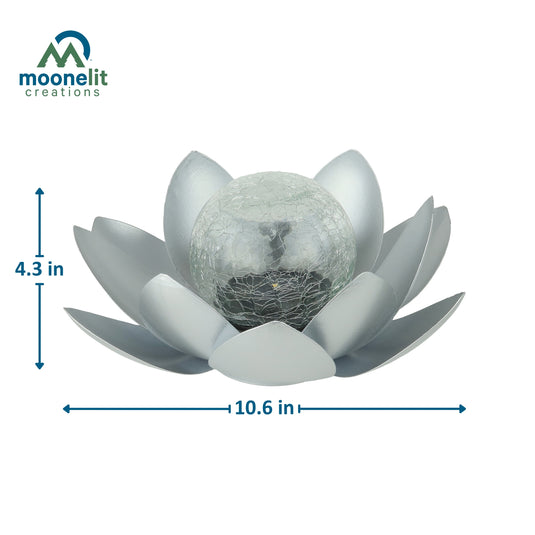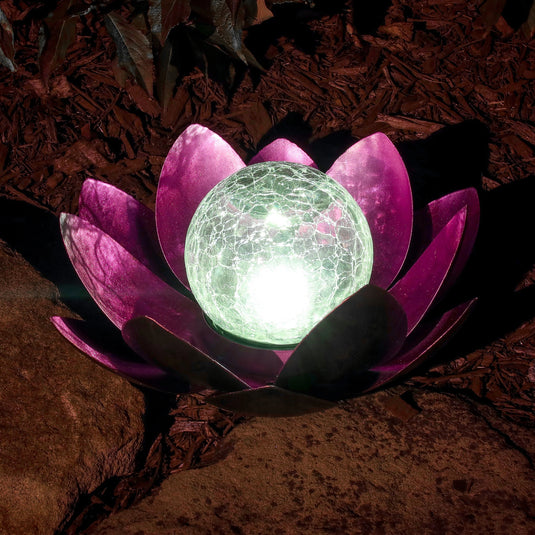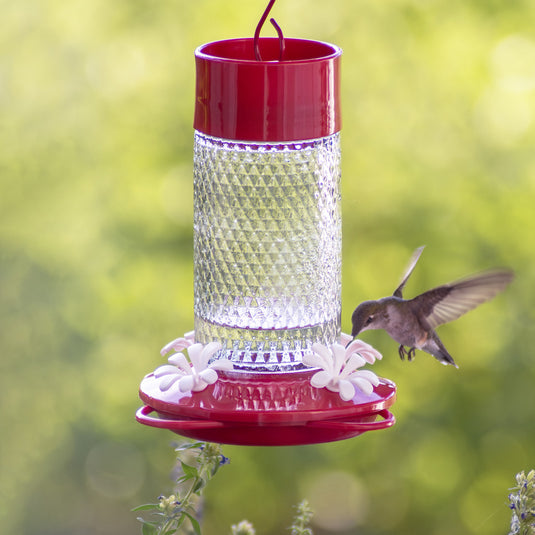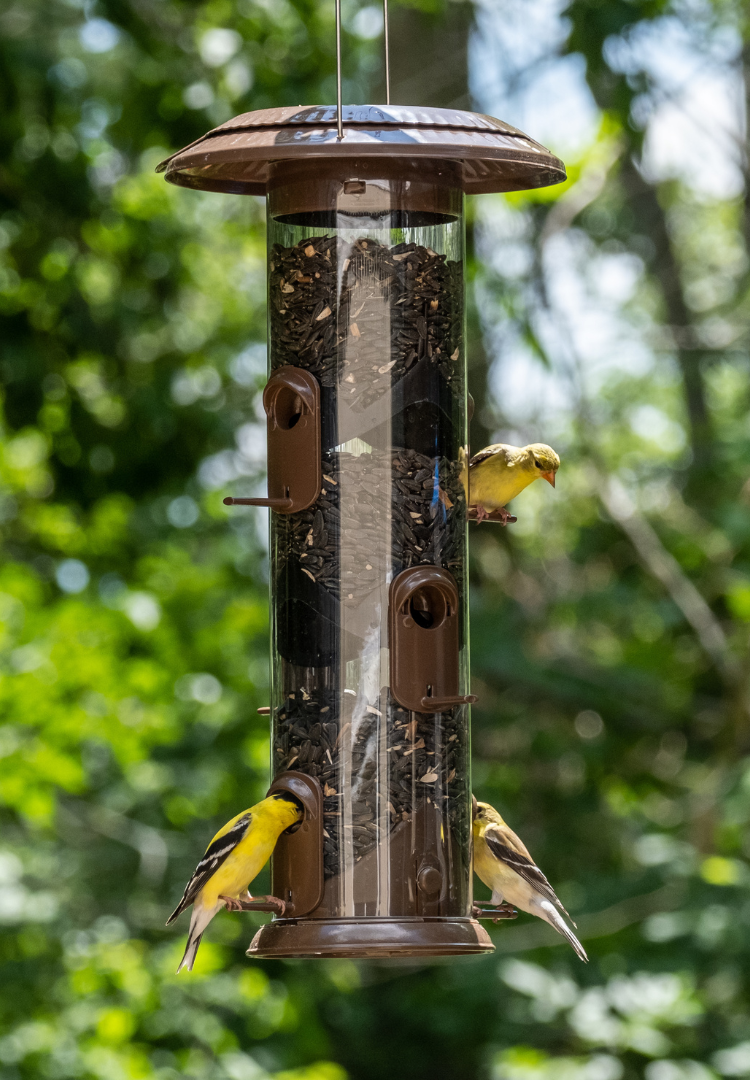Whether you buy or make your own, offering suet helps birds stay strong and well-nourished throughout the year - especially in the winter months. Explore suet basics, feeding methods, and a few tried-and-true recipes to help get you started on your suet-feeding journey.

Pictured: Hairy Woodpecker on Suet Cage Bird Feeder w/ Roof - Four Cake
What is suet?
Suet, in its raw form, is the fat that surrounds the kidneys and found in the loins of animals like cows. It is the purest and hardest piece of fat found on an animal.
Is suet good for birds?
In the wild, birds are able to scavenge for suet and other animal fat from carcasses. In the cold winter months, when birds have to expend so much of their energy just to stay warm, animal fat is a great quick source of heat and energy for many birds. Also, many birds that eat insects to round out their diets will eat suet in the winter months to fill the void when the insects they typically feed on are not plentiful.
Can you make your own suet for birds?
Suet can be fed raw or rendered (put through a melting and re-hardening process) and formed into cakes or other shapes with additional ingredients. During warmer weather, rendered suet will keep fresh longer than raw suet. This is because the rendering process helps to raise the melting point of the fat, meaning it will last longer before it starts to go rancid. Raw suet can be rendered multiple times to give them even more durability when temperatures are high.
While rendering suet for this practical purpose isn’t as important in the colder winter months, one of the main reasons for making homemade suet is to add other ingredients. Common ingredients to add include seeds, grains, fruit, nuts, and even eggshells. Deciding what additional ingredients to use can be personalized based on what birds you have or want to attract. For instance, Blue jays will be drawn to suet with peanuts in it, while putting raisins or dried mealworms in the suet may be more enticing to your bluebirds.
Another reason some birders opt to make their own suet is to mold it in to certain shapes. Balls, stars, hearts, and bell shapes strung from a hook or tree can add a decorative touch and do not require any type of specialty feeder.

A downside to rendering and putting additional ingredients in suet during the winter months, when the heat is not an issue, is that it can attract some unwanted visitors. While most squirrels will leave raw suet alone, they will be attracted to any nuts or seed in rendered versions. If squirrels become a problem, raw suet can be sliced to fit in specialty suet feeders, or large chunks can simply be strung up using onion or potato sacks.
Starter Suet Recipes
Soft Peanut Butter Mix
Ingredients:
- 1 cup freshly ground suet
- 1 cup peanut butter
- 3 cups yellow cornmeal
- ½ cup whole wheat flour
Instructions:
- Melt suet in a saucepan.
- Add peanut butter, stirring until melted and well blended.
- In a separate bowl, mix together last two ingredients.
- Once suet & peanut butter blend has had time to cool and started to thicken, add dry mixture and blend into dough.
It is now ready to serve. This recipe is great for packing into feeders or smearing directly onto tree trunks.
Hard Peanut Butter Mix
Ingredients:
- 2 cups fresh suet
- 1 cup peanut butter
- 2 cups yellow cornmeal
- 2 cups fine cracked corn*
Instructions:
- Melt suet in a saucepan. Allow it to cool thoroughly. Reheat.
- Add peanut butter, stirring until melted and well blended.
- Add remaining ingredients to liquid and blend well.
- Pour into forms and cool until hardened.
It is now ready to serve. This recipe is great for making suet cakes to use in traditional feeders with suet cages. Since this mixture is rendered twice, it will last longer outdoors than the “soft” recipes and will do better in warmer temperatures.
*Any type of bird seed or unsalted nuts you have on hand can be substituted.
Suggested Feeders for Suet
Tail-prop Suet Feeders
Cage suet feeders
Upside-down suet feeders
Hopper feeders with suet cages























Hi Ann. Thank you for reaching out. You can often find suet at your local butcher shop or farm stand. It can sometimes be found in the grocery store and online as well. Happy birding!
Where do you get the raw suet?
HI Jason,
Thanks for reaching out! The second recipe (Hard Peanut Butter Mix) listed on our blog post above will be your best bet for summer suet. This is because it is rendered twice and the rendering is what makes the suet less likely to go rancid. Some other summer tips would be: putting out smaller amounts of suet more frequently instead of larger ones that might sit out in the sun, place feeders in the shade, freeze portions of suet you are not using before putting out to make them last longer outside. Hope this helps and happy birding!
I am looking to make my own suet. I live in Northern Vermont, so the fall/winter is not an issue with the suet going rancid. Is there a recipe I can use in the spring/summer to ensure the suet doesn’t go rancid. Thanks for any direction you can provide!
Hi Ruth Ann,
Thank you for reaching out. We will email you back through our Customer Service department in regards to your tube feeder. Thank you!
- Nature’s Way Bird Products